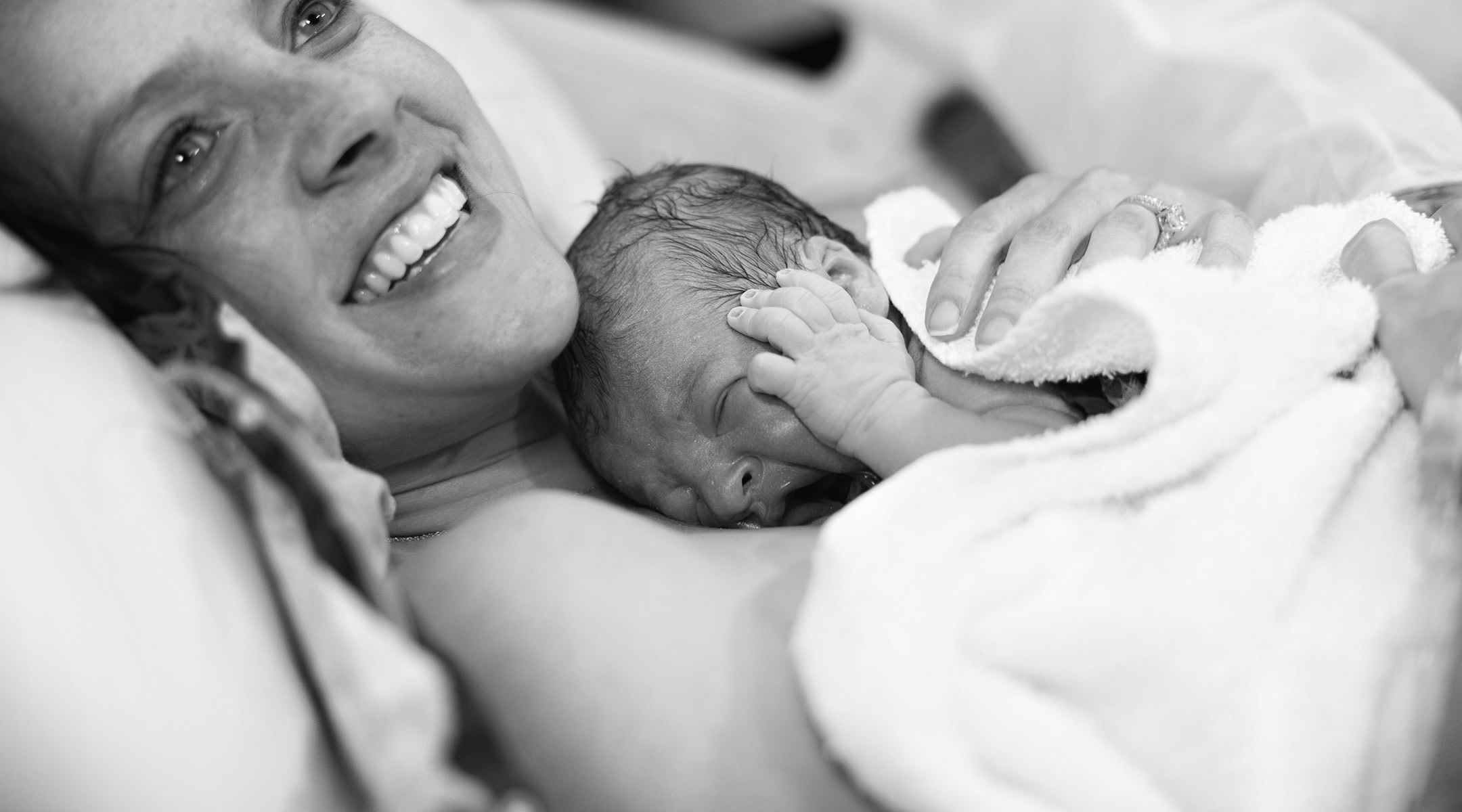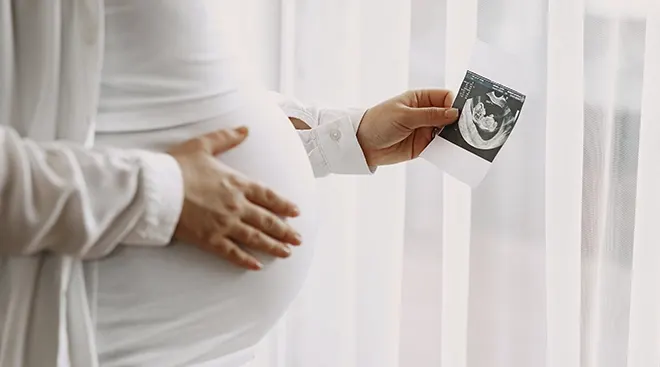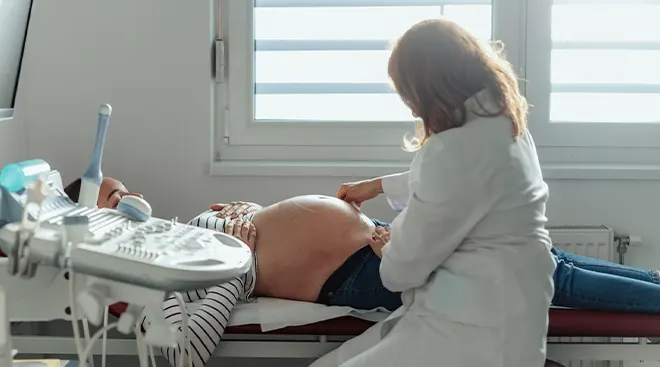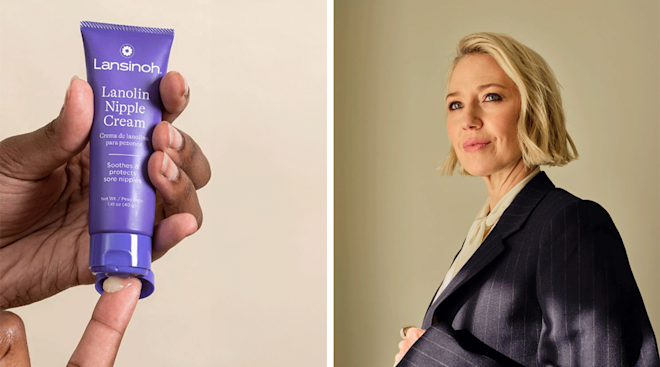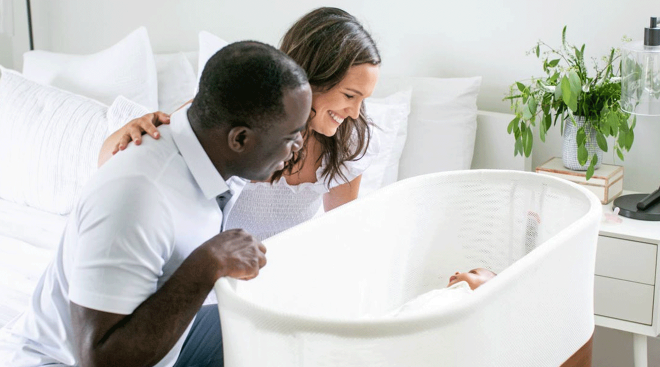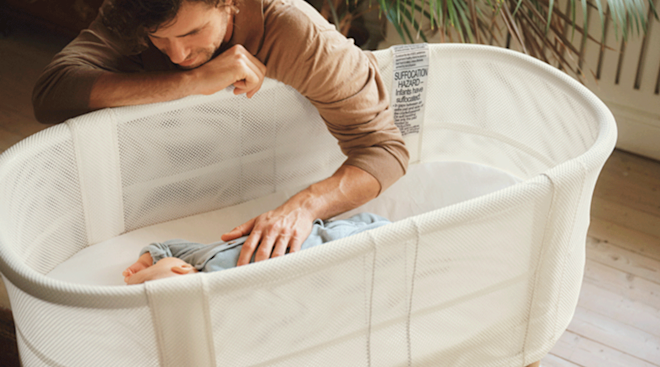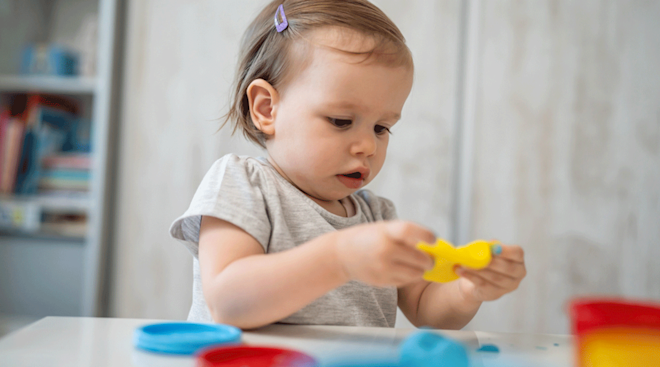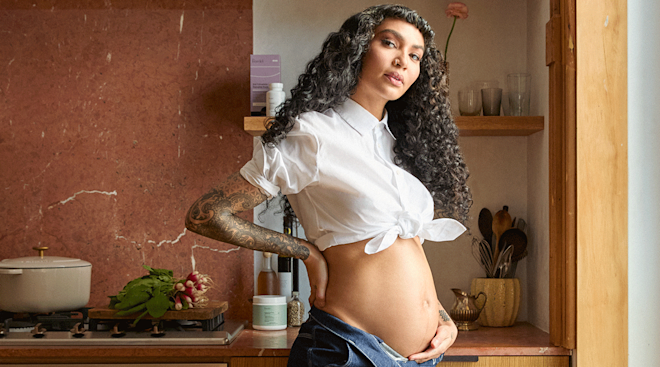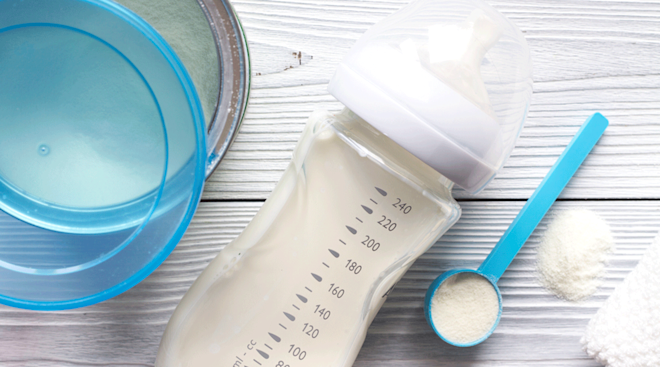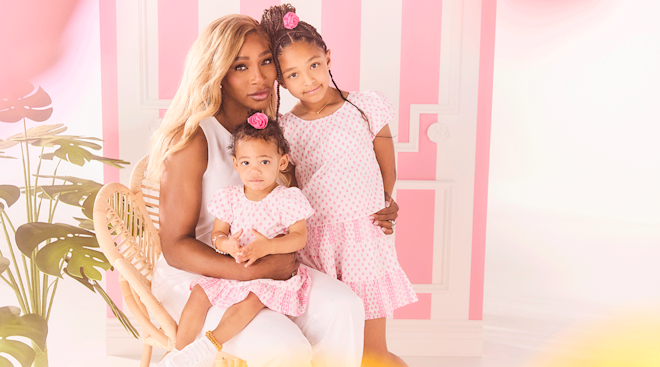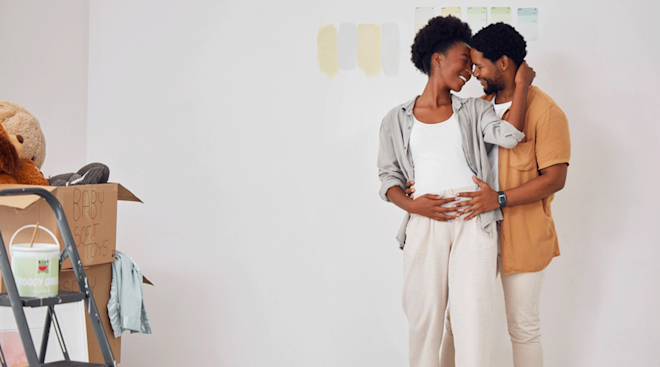What Does the Placenta Do?
You may have had a passing knowledge of pregnancy and what those nine+ months entail, thanks to high school biology. But now that you’re “in it,” you may suddenly realize that there’s a whole universe of nitty-gritty topics that you never knew about until now. Exhibit A: the placenta. This fascinating organ develops during pregnancy along with baby and plays a crucial role in keeping your little one healthy in the womb. But what is placenta, exactly, and what does a placenta do? Pull up a seat for you and your growing bump—there’s a lot to cover.
During the early stages of pregnancy, a small cluster of rapidly dividing cells within the amniotic sac splits into two components; one develops into your baby and the other into an organ known as the placenta. The placenta attaches to the wall of Mom’s uterus, and the umbilical cord connects baby to the placenta—the ultimate mother-baby bond.
The function of the placenta is key in helping baby develop and stay healthy: It shuttles oxygen, nutrients and hormones, like progesterone, to baby, while waste products are sent back out through the umbilical cord and placenta for removal. Your placenta also serves as a protective barrier for baby, keeping out potentially harmful medications or infections, says Jonathan Schaffir, MD, an ob-gyn at The Ohio State University Wexner Medical Center.
The cells that will become the placenta are there from the get-go of your pregnancy, and the placenta starts to form as soon as the embryo first implants into the uterine wall. Around week 10, the placenta is fully formed and ready to “take over” providing baby with nourishment, says Julie Levitt, MD, an ob-gyn at The Women’s Group of Northwestern, in Chicago. (Before then, the corpus luteum, an endocrine gland in your ovaries, carries out the duties of the placenta.) Like your baby, the placenta grows quickly. It’s usually just under an inch thick and weighs about a pound by the time you give birth.
So where is the placenta located, exactly? It will take one of several potential positions inside your womb, and it can implant on any surface of the uterus. It’s hard to predict where it will land, but by around 18 weeks, your doctor can find out with a routine ultrasound. Placentas tend to safely settle in the upper parts of the uterus, but if it ends up in a position that may pose a potential risk (such as in the lower region), your doctor will closely monitor the situation.
Doctors refer to a woman’s placenta depending on its location on the uterus. For instance:
- Anterior placenta is when the placenta is located in the front wall of your uterus.
- Posterior placenta is when the placenta is found in the back wall of your uterus.
- Low-lying placenta is when the placenta is located “lower than normal” in the uterus, in the bottom half. It could potentially cover the cervix or lowermost part of your uterus.
- Fundal placenta is when the placenta is attached to the fundus, aka the top portion of your uterus, opposite the cervix.
Occasionally, a routine scan might reveal a placenta that’s in a risky spot, or you might experience certain symptoms, such as bleeding. As with many problems that arise in pregnancy, smoking or drinking alcohol can increase the chances of placenta complications, but for the most part they’re hard to predict and can happen to women without any risk factors. Fortunately, with consistent checkups, your doctor will be able to catch the issue in time and suggest steps to a safer pregnancy and delivery.
Placenta previa
Placenta previa occurs when the placenta partially or totally covers your cervix, blocking baby’s exit path. “In that case, labor would be dangerous due to heavy bleeding if the cervix starts to open,” Schaffir says. If you have placenta previa, your medical team will be monitoring you closely. Placenta previa occurs in about 1 in 200 pregnancies and requires a c-section to protect both you and baby.
Placental abruption
With a placental abruption, the placenta partially or fully separates from the wall of your uterus, interrupting the flow of oxygen and nutrients to baby. This is a serious situation that can cause severe, heavy bleeding, Schaffir says. A full or partial placental abruption occurs in about 1 in 100 to 150 deliveries, but a full tear happens in only about 1 out of 800 to 1,600 deliveries. If the tear is partial, your medical provider will want to monitor you closely; if it’s severe, you’ll need an emergency c-section.
Placenta accreta
Placenta accreta describes a placenta that’s embedded too deeply into your uterine wall. The placenta could “invade into the uterine muscle, or past the uterus into adjacent organs,” Schaffir explains. Fortunately, placenta accreta happens in only about 1 out of every 2,500 pregnancies. (Risk factors include having multiple previous c-sections or if the placenta is lying very low.) While the condition shouldn’t impact baby’s development, it will very likely call for a c-section. Doctors might even recommend a hysterectomy after baby is born to prevent severe bleeding.
Placental insufficiency
Placental insufficiency is a general term for when the blood supply through the placenta and its vessels isn’t enough for baby to thrive. Depending on when in the pregnancy the condition arises, it could lead to poor growth of the baby or low oxygen during delivery. If baby isn’t growing as much as they should, your doctor will monitor you closely, and you might need to deliver earlier than planned or undergo a c-section, Levitt says.
When the time comes, you not only deliver baby, but you deliver your placenta too. Chances are, you’ll be too focused on the birth of your child (and rightly so!) to notice that the placenta is quite a sight to see. What does a placenta look like? Schaffir describes it as “a big purple pancake.” It’s sponge-like, with a network of large blood vessels covering its surface.
If you’re having a vaginal birth, baby will arrive first. After that, your uterus will continue to contract until it expels your placenta—usually within 30 minutes or so, explains Christine Greves, MD, an ob-gyn at the Winnie Palmer Hospital for Women & Babies, in Orlando. With a c-section, baby will come out first too, followed by your placenta, which your doctor will pull out through your incision.
Retained placenta
After your placenta is delivered, your doctor will inspect it to make sure it’s in one piece, Greves says. If the placenta doesn’t deliver naturally, you could have a retained placenta, which is when all or part of the placenta remains inside your uterus. This happens in between 1 and 3 percent of all deliveries.
If you have a retained placenta, your doctor will try to reach in and pull it out. But if that doesn’t work, you may need a surgical procedure known as a D&C, where your doctor scrapes your uterus with a special tool to remove the placenta.
The placenta is often discarded after birth, but some mothers who are interested in the possible benefits of eating placenta opt to take it home with them in a cooler—that is, if hospital policy allows it.
About the experts:
Jonathan Schaffir, MD, is an ob-gyn at The Ohio State University Wexner Medical Center. He serves as the medical director of the OSU Ob-Gyn Clinic and is a past president of the North American Society for Psychosocial Obstetrics and Gynecology. Schaffir is also the author of the book What to Believe When You’re Expecting: A New Look at Old Wives’ Tales in Pregnancy. He earned his medical degree from Brown University in 1990.
Julie Levitt, MD, an ob-gyn at The Women’s Group of Northwestern, in Chicago. She earned her medical degree from Northwestern University Feinberg School of Medicine in 1994, where she now serves as a clinical instructor.
Christine Greves, MD, FACOG, is an ob-gyn at the Orlando Health Winnie Palmer Hospital for Women & Babies in Orlando, Florida. She received her medical degree from the University of South Florida College of Medicine.
Please note: The Bump and the materials and information it contains are not intended to, and do not constitute, medical or other health advice or diagnosis and should not be used as such. You should always consult with a qualified physician or health professional about your specific circumstances.
Navigate forward to interact with the calendar and select a date. Press the question mark key to get the keyboard shortcuts for changing dates.
































